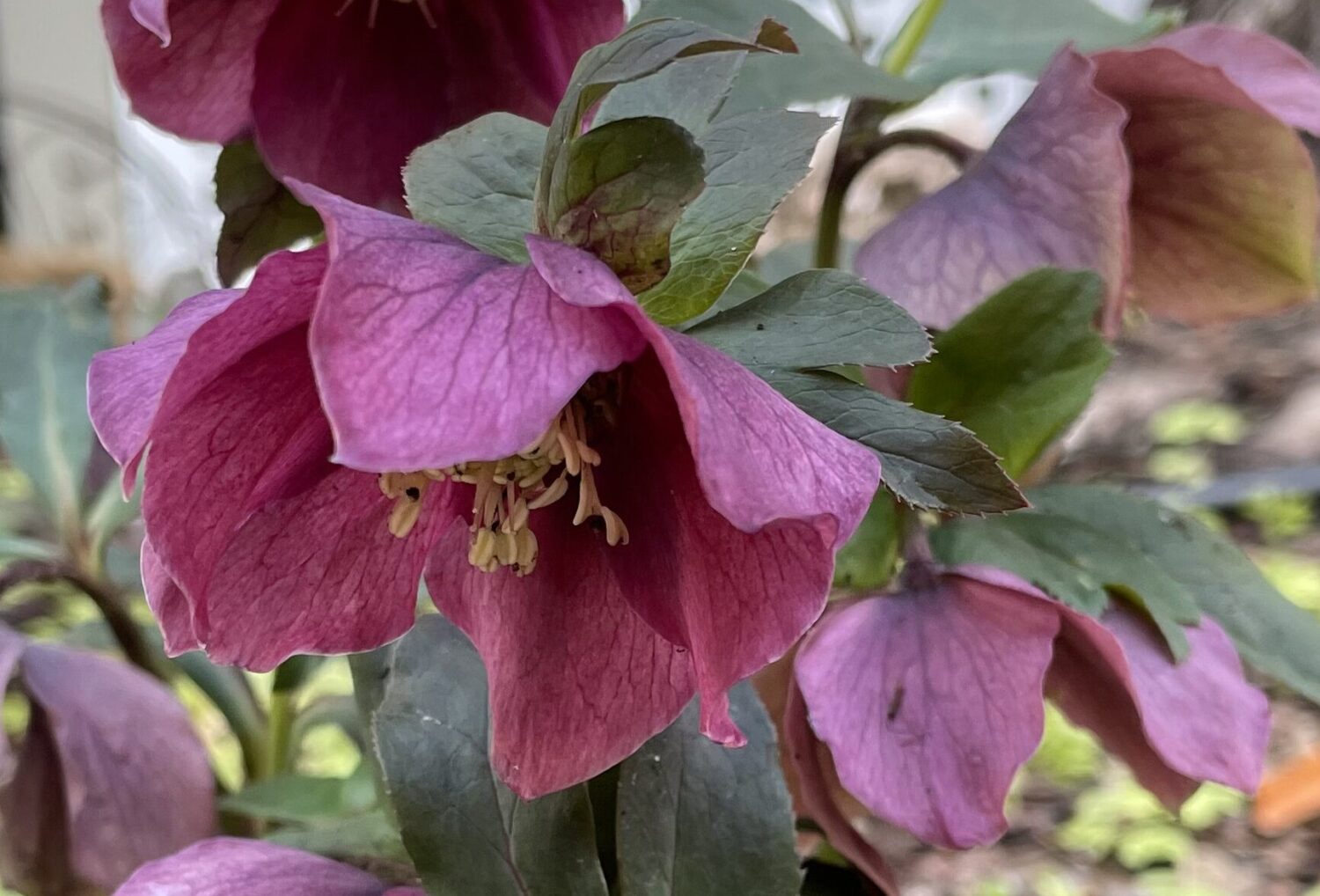The Art of Storytelling: An Introduction to Narrative Painting
Online
May 11-June 19
- B. J. Parker
Course Description:
With the loss of story as a central component of art making, due to the rise of modernism in the twentieth century, painters are left without a primary means of addressing the depth of the human experience—narrative. Because telling stories is so central to what it means to be human, reclaiming the mantle of narrative painting empowers the artist to more fully engage some of the deepest elements within the viewer. This course is a preliminary introduction to narrative painting. In this class we will:
- Learn how several past artists have gone about the visual story telling process
- Practice the visual storytelling process
- Create a drawing and/or painting that implies a story
- Practice drawing/painting the figure and/or portrait
In addition to these goals, students will also have the opportunity to:
- Receive weekly private critiques
- View a comprehensive video discussion on materials
- Create a drawing and/or painting of the subject
- Consider anatomy studies as a part of drawing and painting process
- View an interview with our model, Jackie
- Engage in weekly sketchbook exercises
- Have access to weekly video discussions on subjects such as
- The fundamentals of light and shadow
- Tennebrism
- Setting up an effective fleshtone palette
- The painter as storyteller and exegete
Schedule
Week 1 May 11-17
- Topics:
- Introduction to class
- Storytelling in past work
- Storytelling as a means of drawing and painting
- Work:
- View Introduction to Class Video
- View Narrative Art Slide show
- Read excerpt from Berdini’s, “Jacapo Bassano: A Case for Painting as Visual Exegesis”
- View Model Pack
- Choose three possible images
- Consider watching In Memory of
- View Instructor images
- Draw three thumbnail sketches for each of the chosen images.
Week 2 May 18-24
- Topics:
- Visually writing your story
- Preliminary drawing
- Work:
- View video on visually composing your story
- Brainstorm your story
- Decide on reference image
- Sketch detailed thumbnail
- View video on preliminary drawing
- Begin preliminary drawing
Week 3 May 25-31
- Topics:
- Materials
- Anatomy and the Artist
- Work:
- View video on materials
- View video on Anatomy and the Artist
- Decide on support and size
- Prepare support
- Transfer drawing
- Develop and complete prelimnary drawing
Week 4 June 1-7
- Topics:
- Open grisaille, Closed Grisaille, and Dead Layer Paint stage
- Edges and their importance
- Work:
- View video on underpainting strategies
- View video on edges and their importance
- Choose one underpainting approach and apply
Week 5 June 8-14
- Topic:
- Skin tones, hue, value, and chroma
- Mixing subtle skin tones
- Setting up a palette
- Applying color notes
- Work:
- View videos on:
- Skin tones, hue, value, and chroma
- Setting up and mixing a palette
- Applying color notes
- Apply first color pass
- View videos on:
Week 6 June 15-19
- Topic:
- Final color pass
- Glazing/scumbling
- Work:
- View video on second color pass
- View mini-video on the difference between glazing and scumbling
- Apply second and final color pass
Questions to Ask Yourself throughout the Course:
What’s your central idea?
With whom are you dialoguing?
How does your composition accomplish this?
What’s the appropriate color palette?
What’s the appropriate approach?
Required Materials:
- Supports
- A sketchbook
- Several small-ish supports on which to sketch in paint. Something like 5×7 is great. You might also use a sheet or two of canvas from a pad of canvas.
- Choose a canvas or panel for your final piece that is in step with your idea. Consider: linen canvas, aluminum or wood panel, copper, or paper. Each support accomplishes something different.
- At least one of the following:
- Prepared Panel or High-Quality Canvas somewhere between 8”x10” and 20”x24” (Oil Primed Linen is nice)
- A Drawing Board and Paper the same size as your intended portrait.
- Paint
- Choose professional grade paints from distributors such as: Williamsburg, Michael Harding, Blue Ridge Oil Paint, Rublev/Natural Pigments. Your palette must include at least the following, though you are welcome to add whatever you like:
- Titanium White or Lead White (Flake White, Cremintz, and Lead white)
- Venetian or English Red
- Yellow Ocher
- Raw Umber
- Cadmium Red
- Ultramarine Blue
- Your favorite purple
- An earth-green
- Indian Red
- Bone Black
- Palette knife
- Brushes
- Quality brushes in good shape and in a variety of shapes, sizes, and stiffness.
- Rosemary and Trekkel make great products.
- Medium
- Odorless Mineral Spirits
- Linseed Oil
- Stand Oil
- Lint free rags
- A comfortable palette
- Pencils or charcoal
- Quality brushes in good shape and in a variety of shapes, sizes, and stiffness.
- Tracing paper
- Choose professional grade paints from distributors such as: Williamsburg, Michael Harding, Blue Ridge Oil Paint, Rublev/Natural Pigments. Your palette must include at least the following, though you are welcome to add whatever you like:
